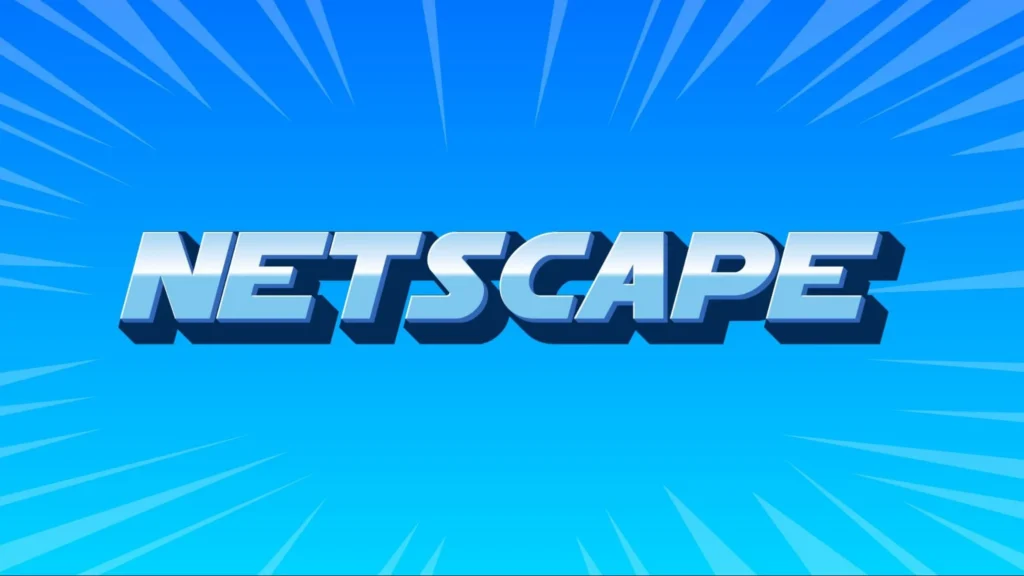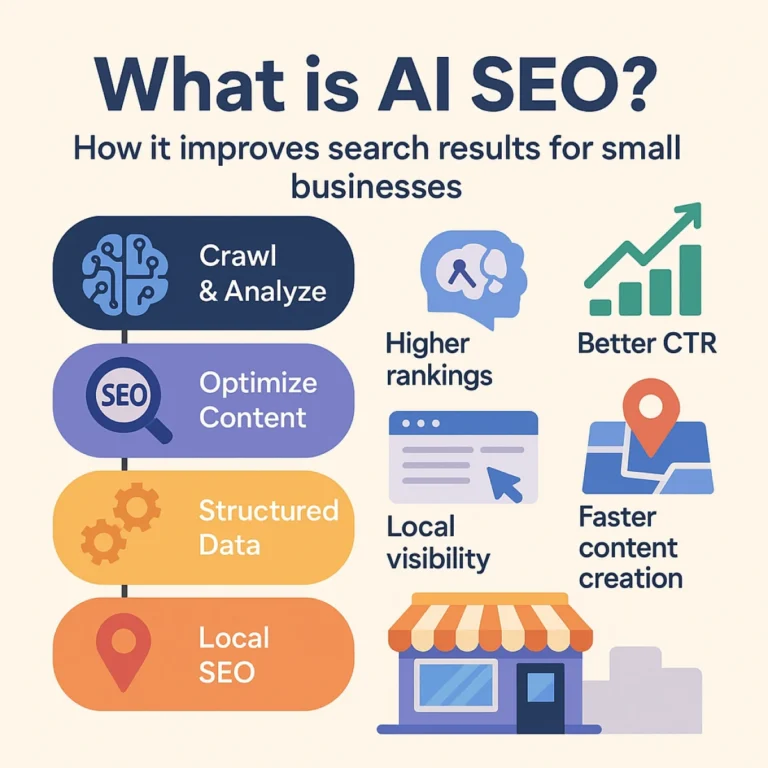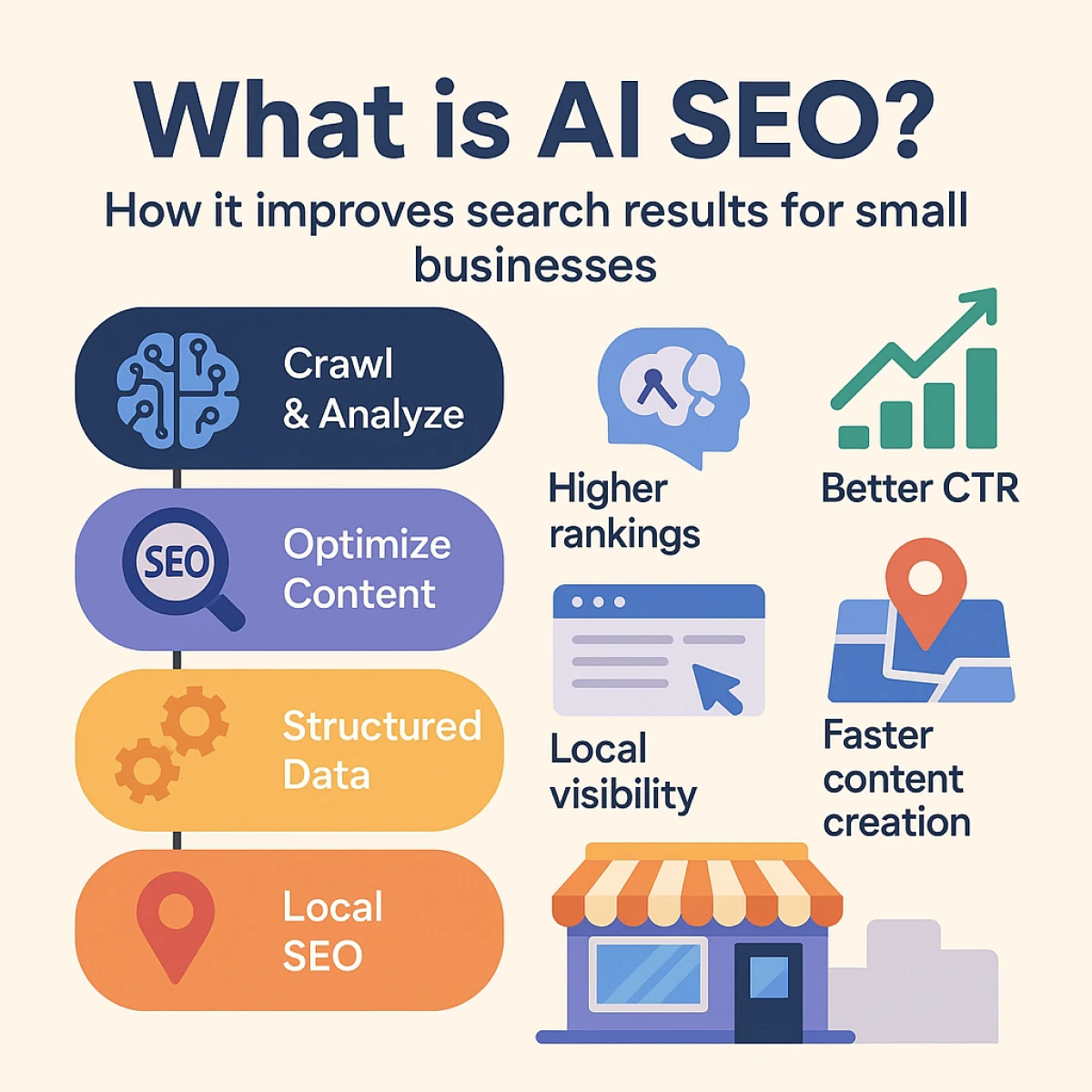It’s not just about uncovering a date but understanding a series of developments in computer networks, telecommunications, and information systems that laid the foundation for the modern digital world. The internet being invented begins with the Advanced Research Projects Agency Network (ARPANET), moves through the creation of critical protocols like TCP/IP, and unfolds into the development of the World Wide Web. Along the way, the roles of mainframe computers, the domain name system, and the evolution of electronic mail sketch a broad history of innovation and collaboration.
Our expedition through the internet’s conception will explore the early foundations of networking, spotlighting moments and the brilliant minds behind them, such as Tim Berners-Lee and the team responsible for ARPANET. We’ll understand how the modern internet was created, witness the rise of web browsers that made the digital world accessible to the masses, and touch on personal memories that highlight the internet’s profound impact on individuals. From uncovering why the internet was invented to detailing the advancements in telecommunications that have connected billions around the globe, this article paints a picture of an invention that, over the last five decades, has reshaped every facet of society.
Early Foundations of Networking

Concept of Packet Switching
The early foundations of networking were significantly shaped by the invention of packet switching, a method that transformed digital communication by making it more efficient and flexible. Initially, data traveled across circuit-switched networks, where each communication required a dedicated line, limiting the number of potential users and wasting bandwidth due to the sporadic nature of data traffic.

The concept of packet switching was independently developed by Paul Baran and Donald Davies in the early 1960s. Baran, working at the RAND Corporation, was tasked by the Air Force to create a communications system resilient enough to withstand partial network failures. His solution was a distributed network with no central control, where data packets could reroute dynamically around damaged areas. Davies, on the other hand, introduced a similar concept in the UK, focusing on a store-and-forward model and coining the term “packet” for the blocks of data.
Initial Experiments
The practical application of packet switching began with ARPANET, the first major packet-switching network. Initiated by the Advanced Research Projects Agency (ARPA), ARPANET’s development was a response to the need for efficient, fault-tolerant communication. The network officially started operation in late October 1969, connecting four major US universities. This setup utilized Interface Message Processors (IMPs) to facilitate communication between different computers, effectively laying the groundwork for the internet.

One of the first public demonstrations of packet switching occurred in 1972 at the International Conference on Computer Communications. Here, attendees witnessed firsthand the efficiency of packet-switched networks through a setup involving forty terminals that communicated seamlessly with computers across the United States.
These early experiments not only proved the viability of packet switching but also set the stage for the development of more complex networks, eventually leading to the creation of the internet. The collaborative efforts of researchers and the subsequent adoption of TCP/IP protocols marked a pivotal era in telecommunications, paving the way for the global network we rely on today.
Creating the Modern Internet
The foundation of the internet was shaped by the development of the TCP/IP protocol, which revolutionized how data was communicated across different networks. The protocol, developed mainly by Vint Cerf & Bob Kahn in the 1970s, was an advancement that allowed diverse computer networks to interconnect and communicate.

Development of TCP/IP
The initial concept for TCP/IP emerged from research focused on creating a reliable communication protocol for packet-switched networks. The groundwork for this was laid by earlier experiments with ARPANET, which highlighted the need for a more flexible and fault-tolerant approach to data transmission. By separating the Transmission Control Program into two distinct protocols—TCP and IP—in 1978, the framework for modern internet communications was established. This division allowed for the implementation of a modular protocol stack, which could efficiently manage data transmission over complex networks.
The official adoption of TCP/IP by ARPANET on January 1, 1983, marked a significant milestone, commonly referred to as the birth of the internet. This transition was supported by the U.S. Department of Defense, which mandated TCP/IP for all military computer networking, solidifying its role as foundational technology of the internet.

Role of Different Institutions
Multiple institutions played pivotal roles in the development and widespread adoption of TCP/IP. Research universities and defense contractors were involved in the early testing and refinement of the protocol. Notably, Stanford University, BBN Technologies, and University College London were among the first to implement operational versions of TCP/IP on their systems.
The National Science Foundation (NSF) also contributed significantly by developing NSFNET, a backbone network that used TCP/IP to connect supercomputing centers across the United States. This initiative not only facilitated advanced research but also helped standardize TCP/IP usage in academic and research institutions. By 1988, the NSFNET was upgraded to handle increased traffic, demonstrating the scalability and effectiveness of TCP/IP in a growing network environment.

These developments underscored the collaborative effort and innovative spirit that characterized the early days of internet technology, laying a large foundation for the future expansions and applications that would transform global communications.
The Rise of Web Browsers

Appearance of Mosaic and Netscape
The internet became significantly more user-friendly with the introduction of the Mosaic web browser in 1993. Developed by a team of university undergraduates at the University of Illinois, led by Marc Andreessen, Mosaic was one of the first browsers to display images directly on a page with text, a stark contrast to earlier browsers which required separate actions to view images. This innovation marked a shift, making the internet more accessible to the general public. After graduating, Andreessen co-founded Mosaic Communications Corporation, which was later renamed Netscape Communications Corporation due to rights issues with the University of Illinois.

Netscape Navigator, launched by Netscape Communications, emerged as an enhanced version of Mosaic. Despite its similarities, it featured no shared code with Mosaic due to proprietary restrictions. Quickly gaining popularity, Netscape Navigator captured a staggering 89% of the web browser market by the late 1990s, showcasing its dominance and the declining market share of its predecessor.
Impact on the General Public
The release of Mosaic, and subsequently Netscape Navigator, revolutionized how the public interacted with the digital world. Mosaic, being the first available browser that integrated multimedia such as text and graphics on the web page, catalyzed the internet boom of the 1990s. It transformed the internet from niche technology into a mass medium, creating exponential growth in web server numbers and internet users.

Netscape Navigator’s introduction further accelerated this growth, sparking the first browser war with Microsoft’s Internet Explorer. This competition highlighted the commercial potential of the web and underscored the importance of web browsers as gateways to the vast resources available online. The browser wars not only pushed technological advancements but also made the internet a central part of everyday life, shaping the way information is consumed and shared across the globe.

Personal Memories
Reflecting on the pre-internet era, personal anecdotes reveal a simpler time when life’s joys were found in the small, everyday moments. Before the widespread adoption of the internet, children and adults alike engaged with the world around them, often in ways that seem foreign in today’s digital age.

Various Age Group Perspectives
For many, childhood and adolescence were marked by outdoor activities and face-to-face interactions. One individual recalls spending hours playing traditional games like hide and seek and cricket, where the only updates were shouted across the yard, not typed into a device. Another shares memories of using a dial-up connection at home in the early 90s, experiencing the internet’s nascent stages where downloading a single song could take an hour. This stark contrast in experiences across generations highlights the profound impact the internet has had on daily life and social interactions.
Interesting Personal Anecdotes
Personal stories from before the internet era often emphasize a sense of community and simpler pleasures. One person fondly remembers times spent watching cartoons after school, a daily ritual that did not involve browsing the internet but rather tuning into favorite shows on a scheduled broadcast. Another recounts the excitement of receiving news in real-time via the internet for the first time in 1995, a stark departure from waiting for the next day’s newspaper.

These narratives not only illustrate how lifestyles have transformed with the internet but also underscore the different social dynamics that existed before it began. The transition from a disconnected to a constantly connected world has reshaped not just communication methods but also daily life, altering how people interact, learn, and entertain themselves.
Conclusion
Tracing the history of the internet from its initial conception to over five decades later illustrates a remarkable evolution, from ARPANET to the omnipresent digital landscape of 2023. This journey reviewed not only technological advancements but also a profound cultural shift, demonstrating how this has revolutionized communication, information sharing, and even the fabric of social interactions. Through the development of packet switching, TCP/IP protocols, and the advent of web browsers, the internet evolved from a specialized tool for researchers into a global platform that connects billions, blending diverse cultures and ideas into a single digital tapestry.

Internet History FAQs
1. When did the development of the Internet begin?
The development of the Internet began gaining significant traction in the 1980s and 1990s. The first domain name was registered in 1985, and the first website emerged in 1991. A pivotal moment was in 1989 when Tim Berners-Lee invented the World Wide Web, which facilitated rapid expansion throughout the 1990s.
2. Was the Internet operational in 1972?
Yes, the Internet was operational in 1972, although in a more primitive form compared to today’s network. By the end of 1969, ARPANET, the precursor to the Internet, had already connected four computers. It expanded in the 1970s, incorporating the University of Hawaii’s ALOHAnet in 1972, and further extending to networks at London’s University College and the Norwegian Seismic Array by 1973.
3. When did the Internet start becoming widely used?
The Internet began to enter widespread use in the early 1990s. The World Wide Web was opened to the public in 1991, and by 1993-1994, websites designed for everyday use started to become accessible. This period marked the beginning of the Internet’s integration into daily life, setting the stage for the profound societal transformations that would follow in the 2000s.
4. Did the Internet originate in 1969?
Yes, the foundational event for what would become the Internet occurred on October 29, 1969. This was when computers at Stanford University and UCLA connected for the first time, establishing the first network link. The initial attempt to send the message “Login” between these two locations famously crashed the system after the first two letters.








